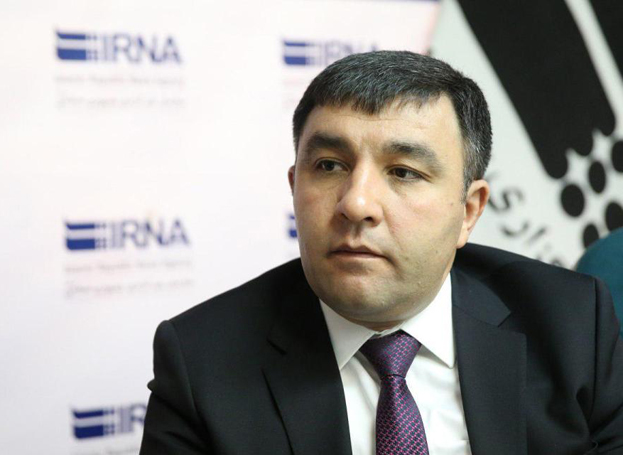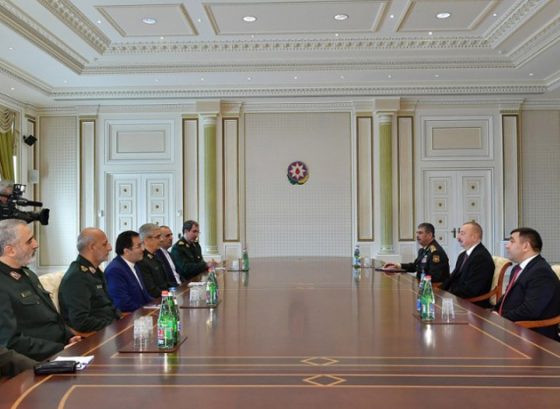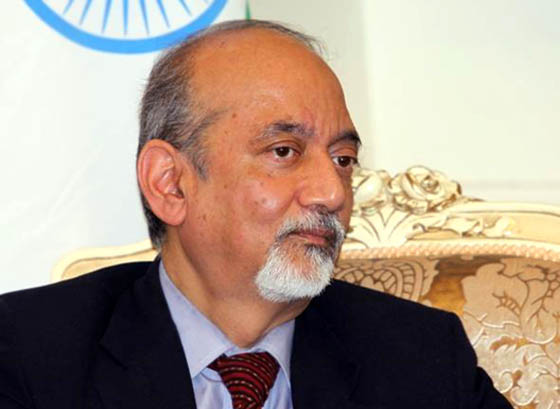Azerbaijani ambassador: Iran’s transit route economical

Transit route via Iran is 40 percent cheaper as the route takes 60 percent less time than other routes, said Azerbaijan’s ambassador to Iran, AVA Diplomatic reports.
Bonyad Hosseinov said on Friday that over 170 documents were signed between the two countries in the past 25 years, of which 50 documents pertained to the economic sector.
He further recalled that the presidents of Iran and Azerbaijan have held 11 meetings in the last five years.
The rail link between Astara in Azerbaijan and the Iranian sake by the same name was officially inaugurated in a ceremony on March 29.
Presidents Hassan Rouhani of Iran and Ilham Aliyev of Azerbaijan participated in the ceremony via a video link from the Iran-Azerbaijan Business Forum they were attending in Baku.
Almost 7,600 tons of goods have been transported on the route since the first freight train went into operation on February 8.
The 10-km extension of Azerbaijan’s 1,524-mm gauge rail network runs for around 8.5km in Azerbaijan and 1.5km in Iran, including a bridge over Astarachay River that is 82.5 meters long, 8 meters high and 11.8 meters wide, which forms the border. It was built at a cost of around $60 million, financed by Azerbaijan, including a 35-hectare freight transhipment facility that will be operated by Azerbaijan’s national railroad ADY under a 25-year BOT agreement with Iran’s national rail entity IRIR.
The new line forms part of the International North-South Transport Corridor (INSTC) that is being developed to link northern Europe with the Indian Ocean. Azerbaijan is investing $500 million in the construction of a 167-km standard gauge line to link the Astara terminal with the Iranian rail network in Rasht.
INSTC will connect Iran with Russia’s Baltic ports and give Russia rail connectivity to both the Persian Gulf and the Indian rail network. This means goods could be carried from Mumbai in India to the Iranian port of Bandar Abbas and onwards to Baku. They could then cross the Russian border into Astrakhan and on to Moscow and St. Petersburg, before entering Europe.
The corridor would substantially cut the travel time for everything from Asian consumer goods to Central Eurasia’s natural resources to advanced European exports.
On completion, INSTC is expected to increase the volume of commodities currently traded between Iran and Azerbaijan from 600,000 tons to five million tons per year, dramatically increasing bilateral trade from the current $500 million per year.




